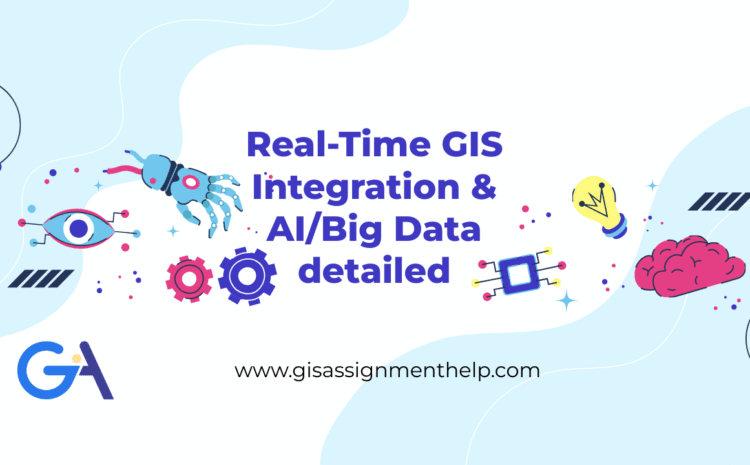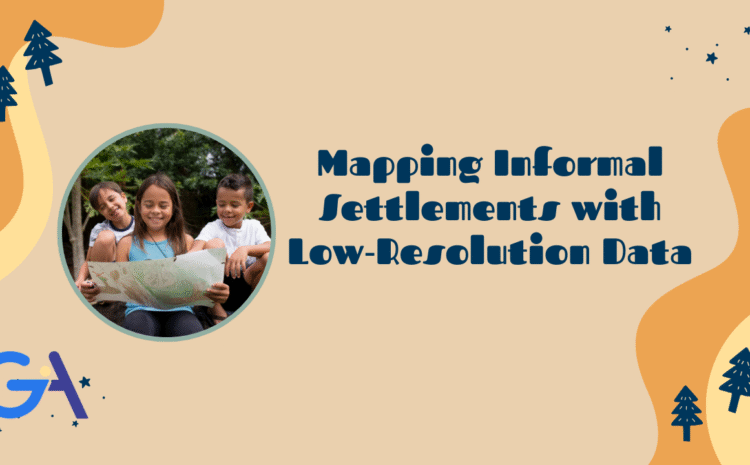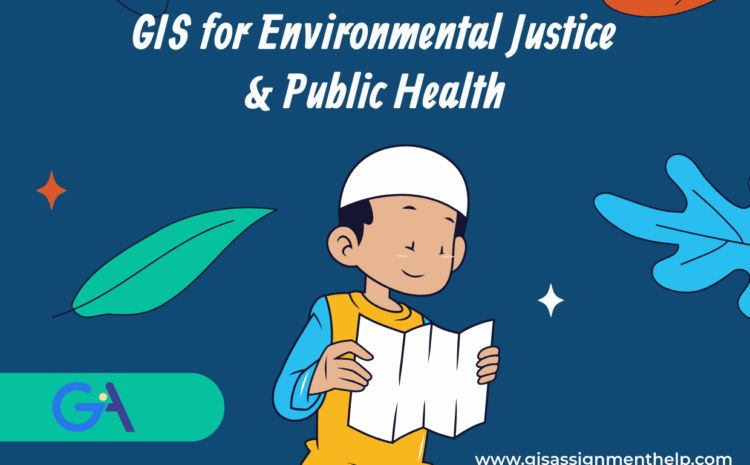GeoBase is one of Canada’s most important repositories of geospatial data, providing authoritative, standardised datasets critical for everything from environmental research to urban planning. Whether you’re a GIS professional, developer, researcher, or policy maker, understanding GeoBase is key to working…
Complete Guide: How to Download and Use GeoBase Elevation Data in QGIS What is GeoBase Elevation Data? GeoBase Elevation Data represents one of Canada’s most comprehensive freely available Digital Elevation Models (DEMs), provided by Natural Resources Canada through the GeoGratis…
Geographic Information Systems (GIS) are at the heart of modern spatial analysis, urban planning, environmental monitoring, and much more. In Canada, a wealth of high-quality, authoritative GIS datasets is available for free — thanks to government open data initiatives, academic…
Small Wetland Monitoring in Semi‑Arid Environments: Why It Matters & How to Do It Right In the heart of semi-arid landscapes, small wetlands — often overlooked and undervalued — quietly sustain a wealth of biodiversity, support local water cycles, and…
Real-Time GIS Integration with AI & Big Data: Transforming Decision-Making Across Industries In today’s hyper-connected world, the fusion of Geographic Information Systems (GIS) with Artificial Intelligence (AI) and Big Data analytics is no longer a futuristic concept—it’s a game-changing reality.…
Mapping Informal Settlements with Low‑Resolution Data: Challenges, Techniques, and Innovations Informal settlements, often referred to as slums or shantytowns, are home to over a billion people worldwide. These areas are typically characterized by inadequate infrastructure, poor access to basic services,…
What is GIS in Environmental Justice? GIS is a digital mapping technology that captures, stores, analyzes, and visualizes spatial or geographic data. In the realm of Environmental Justice (EJ), GIS helps to pinpoint where environmental hazards overlap with vulnerable populations.…
In the era of high-tech satellites and AI-driven analytics, there’s a growing movement to ensure that the voices of local communities and indigenous peoples are not lost in the digital mapping revolution. Participatory GIS (PGIS) and Traditional Knowledge GIS (TK-GIS)…
Understanding the Uncertain Geographic Context Problem (UGCoP): A Hidden Challenge in Spatial Analysis In spatial data science, we often trust the boundaries we work with — census tracts, zip codes, city limits — to define meaningful geographic contexts for analysis.…
Detailed Guide to Vector Data Formats in GIS What is Vector Data? Vector data represents real-world features using geometric shapes: Each vector feature also contains attributes (non-spatial data) like names, IDs, or categories. 1. Shapefile (.shp) Overview: Strengths: Limitations: Common…











